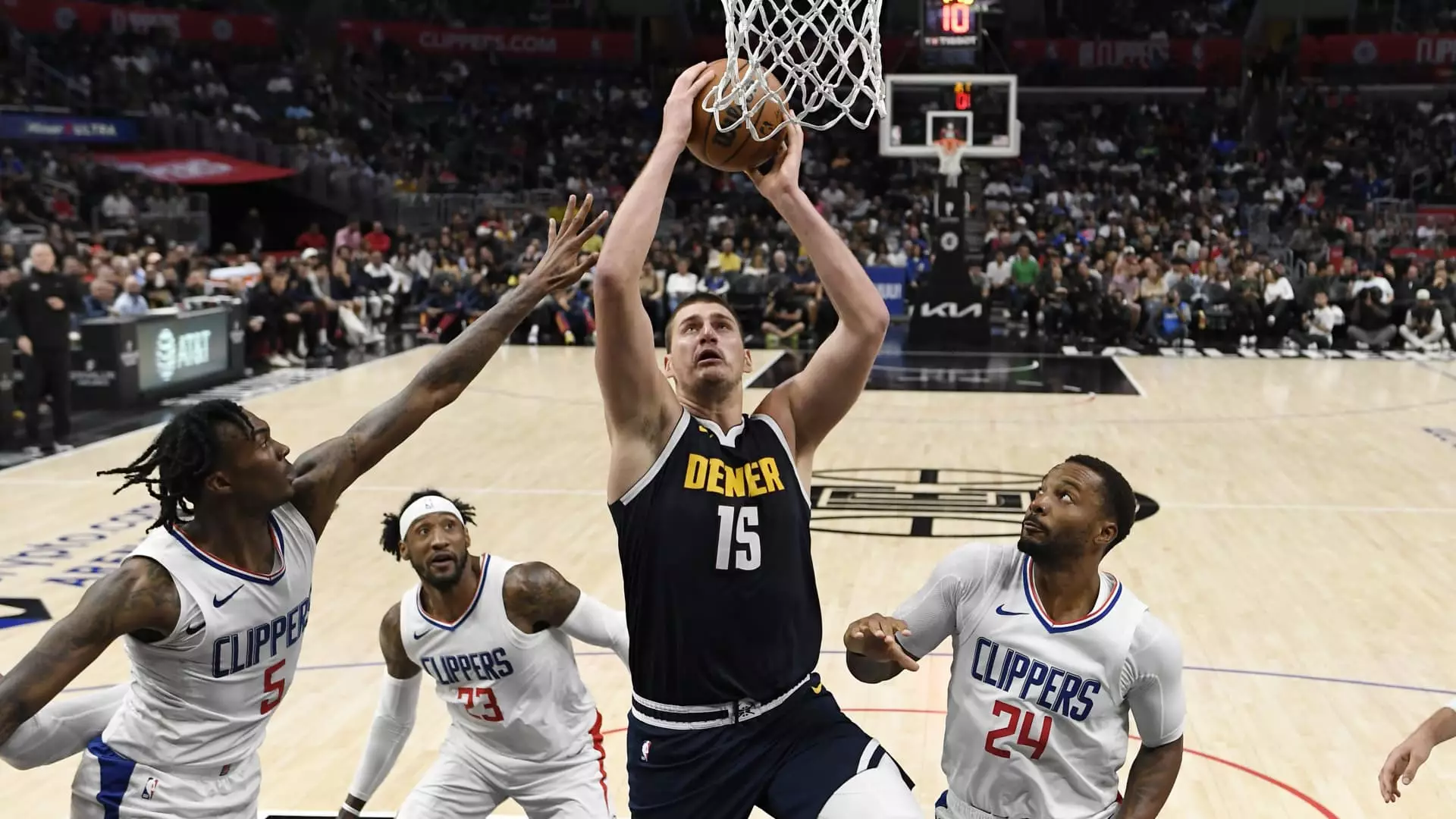In an era where traditional pay TV subscriptions are declining, sports franchises are innovating to ensure their fan base remains connected to their teams. This season, local fans of the Denver Nuggets and the Colorado Avalanche will experience a shift in how they watch their beloved teams, courtesy of a new partnership and streaming service initiated by Kroenke Sports & Entertainment. This move not only reflects changing viewing habits but also highlights a broader trend in the sports broadcasting landscape.
Kroenke Sports & Entertainment, which oversees a plethora of professional teams and their broadcasting avenues, has teamed up with Tegna, a major broadcast station owner, to enhance the accessibility of Avalanche and Nuggets games. This collaboration will provide Denver fans with 20 games for each team this season over Tegna’s local channels, specifically 9NEWS and My20. By entering the realm of free over-the-air broadcasts, Kroenke Sports is acknowledging the urgent need for an inclusive approach.
In addition to localized broadcasting, Kroenke Sports is also launching Altitude+, a direct-to-consumer streaming service priced at $19.95 per month. This initiative aligns with the growing remote viewing trend among fans who prefer streaming over conventional cable packages. The importance of such moves cannot be overstated, as they cater to a demographic increasingly seeking flexibility in how they consume sports content.
The launch of Altitude+ positions Kroenke Sports at the forefront of a sports broadcasting revolution. With viewership patterns shifting away from traditional pay TV due to rising costs and the availability of streaming alternatives, this service offers a much-needed solution. Fans residing in the Denver media market will find it easier to engage with their teams, eliminating the frustrations associated with cable exclusivity.
As the sports landscape adapts to accommodate modern viewing preferences, the implications extend beyond convenience. These developments suggest a transformation in how rights to broadcast games are negotiated, urging teams to reconsider the partnerships they forge with regional networks. Given that Altitude Sports has been unavailable to Comcast and Dish customers since a tumultuous dispute in 2019, this new setup provides a long-overdue remedy for Colorado fans who have long felt disenfranchised.
Contextualizing the Shift: A National Perspective
The partnership between Kroenke Sports and Tegna is reflective of a wider trend across major sports leagues. Several NBA and NHL teams have recently opted for alternative broadcasting arrangements, particularly as conventional regional sports networks face financial strains. The bankruptcy of Diamond Sports, which owns Bally Sports, has prompted numerous teams to seek out new avenues for broadcasting.
For instance, the Dallas Mavericks and New Orleans Pelicans have pivoted from Bally Sports, opting for local channels to ensure broader access for fans. Such strategic moves suggest teams are eager to prioritize fan engagement over traditional broadcasting models, adapting swiftly to a marketplace where streaming services are burgeoning.
Challenges and Considerations Ahead
As with any significant shift, challenges persist in the transition to new broadcasting formats. Organizations must balance maintaining lucrative partnerships with cable distributors while simultaneously providing attractive streaming options. This careful navigation is dictated by existing contracts which contribute substantially to revenue through broadcasting fees.
Moreover, the concern that launching direct-to-consumer streaming services may jeopardize agreements with established networks looms large. Teams must maneuver cautiously to ensure that their evolving strategies do not alienate particular segments of their fan base accustomed to traditional viewing methods.
As we approach the start of the NBA and NHL seasons, the strategies employed by Kroenke Sports & Entertainment serve as a blueprint for other teams navigating the changing landscape of sports media. By embracing partnerships and direct-to-consumer options, franchises can foster a more inclusive atmosphere for fans regardless of their TV subscription choices.
Ultimately, as sports and media convergence continues to evolve, the focus on accessibility will only sharpen. The movement toward enhanced viewer engagement is not just a passing trend; it is indicative of a new era in sports broadcasting—one that authenticates the necessity of meeting fans where they are, in the ways they prefer to watch. As more teams follow this path, the sports viewing experience stands to be more democratic and satisfying for everyone involved.

